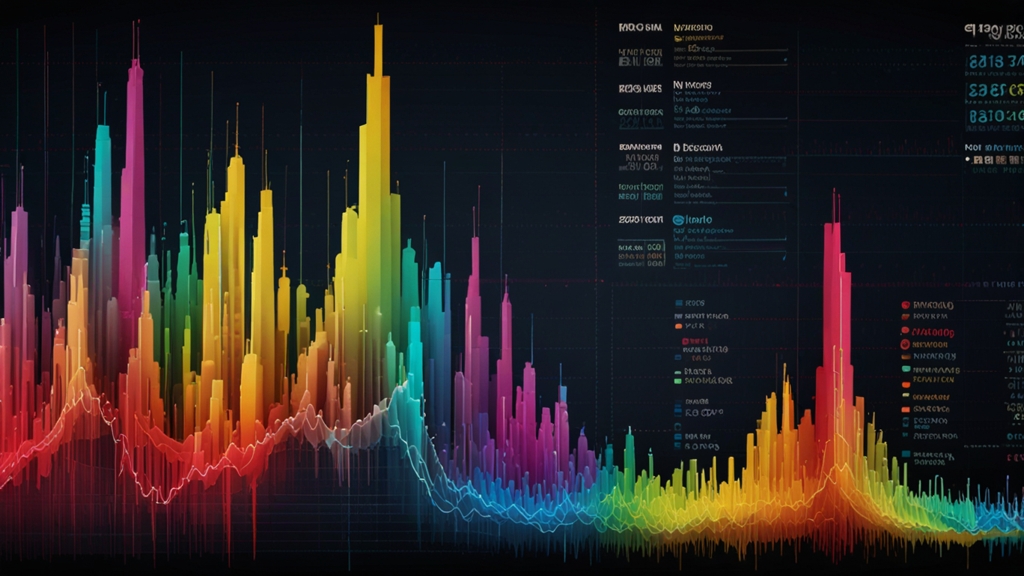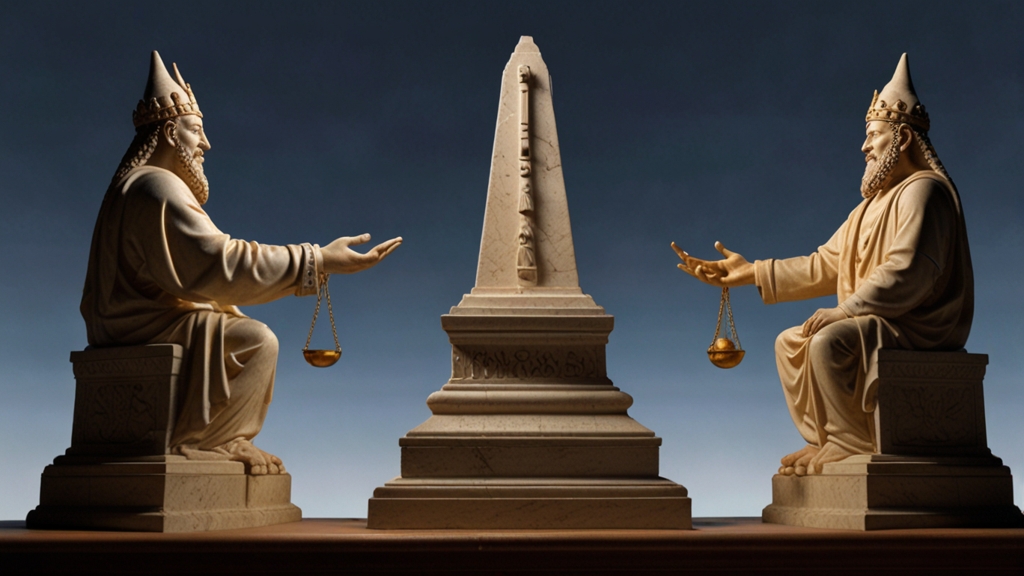The Fascinating Journey of Statistics Through History
Statistics, a field that now underpins much of modern life, has a long and storied history. From its early roots in ancient civilizations to today's complex algorithms and data analysis techniques, the journey of statistics is a testament to human ingenuity and the relentless quest for knowledge. This article explores the historical development of statistics, highlighting key milestones and influential figures along the way.
Ancient Beginnings
The use of rudimentary statistical ideas can be traced back to ancient Egypt and Mesopotamia. Census activities were carried out to determine everything from population counts to livestock inventories. These early forms of data collection were essential for the administration of burgeoning civilizations, aiding in the organization of resources and military efforts.
In ancient Greece, scholars such as Aristotle and Herodotus began to lay the groundwork for statistical thought. However, it wasn't until the development of the Roman Empire that systematic data gathering and analysis became more formalized, with records and censuses being meticulously maintained for governance and taxation purposes.
The Renaissance and the Birth of Modern Statistics
The Renaissance period marked significant progress in the field of statistics. The invention of printing technology played a crucial role in disseminating mathematical texts. The modern concept of probability emerged during this era, thanks in part to the works of Gerolamo Cardano and Blaise Pascal, who explored games of chance and laid foundational theories.
“Knowledge of probabilities allows the wise man to make wise decisions in the face of uncertainty.” - Blaise Pascal
Statistical thinking continued to evolve in the 17th century with the work of John Graunt. Often considered the father of demography, Graunt analyzed the "Bills of Mortality" in London, pioneering vital statistics and making significant contributions to the study of population health and trends.
The 18th and 19th Centuries: Formalization and Expansion
As we moved into the 18th century, statisticians such as Johann Heinrich Lambert and Carl Friedrich Gauss further developed statistical methods. Gauss introduced the concepts of the normal distribution and least squares estimation, which remain fundamental to statistical theory and practice today.
The 19th century witnessed the establishment of statistics as a distinct scientific discipline. Adolphe Quetelet applied statistical methods to social sciences, coining the term "social physics." His work demonstrated how statistical analyses could reveal patterns and inform social policies. This period also saw the founding of numerous statistical societies and journals.
The 20th Century: The Era of Statistical Revolution
The 20th century brought about monumental changes in statistics, influenced heavily by the advent of computers. Pioneers like Ronald Fisher, Karl Pearson, and Jerzy Neyman made enormous strides in statistical theory and methods, solidifying the importance of hypothesis testing, experimental design, and estimation.
“To call in the statistician after the experiment is done may be no more than asking him to perform a postmortem examination: he may be able to say what the experiment died of.” - Ronald A. Fisher
The development of statistical software revolutionized the field, making complex analyses accessible to a broader audience. Statistical applications spread to various industries, including medicine, economics, engineering, and psychology, proving essential in research and decision-making processes.
Statistics in the 21st Century
Today, statistics is an integral part of the data-driven world. The rise of big data, machine learning, and artificial intelligence has further expanded the scope and application of statistical methods. Techniques such as regression analysis, Bayesian inference, and data mining are now standard tools in data science.
As we continue to generate vast amounts of data, the demand for statistical expertise grows. Advances in computational power and algorithms allow statisticians and data scientists to tackle increasingly complex problems, from predicting climate change impacts to improving healthcare outcomes and enhancing business strategies.
Conclusion
The journey of statistics through history is a fascinating tale of innovation and discovery. From ancient census activities to modern-day data science, the field has continually evolved, adapting to the needs and challenges of each era. As we look to the future, the importance of statistics in navigating the complexities of our world remains undeniable, fueling further exploration and advancement in this ever-critical discipline.











